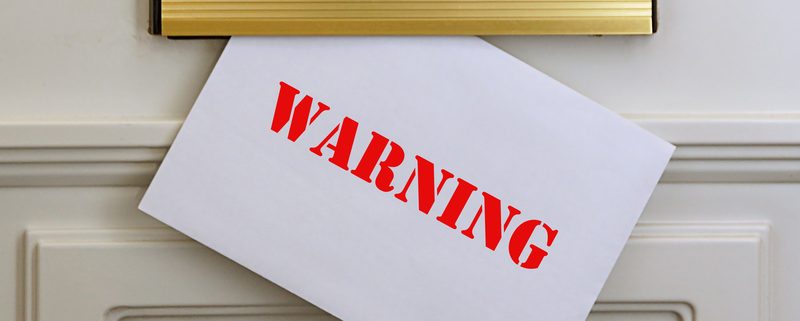Watch Out for Dubious Self-Directed IRA “Facts” That Aren’t Facts
These days, it’s important to have your information straight. That’s especially true in the digital era, where anyone can post anything, they want online without third parties evaluating the truth of these statements. For retirement investors, that means doing your due diligence on what a Self-Directed IRA can, and cannot, do. What are the Self-Directed IRA “facts” out there that might not be facts at all? We decided to highlight a few key ideas to help illustrate the kinds of myths that might be spreading online.
Myth #1: You Can Contribute Anything You Like to a Self-Directed IRA
“Anything you like” is a vague term, which means that someone might peddle this as a “fact”—you can contribute anything you like, so long as what you like contributing is within the rules of the IRS. However, there are some limitations for your contributions with any retirement accounts, not just Self-Directed IRAs. Not only do you have to pay attention to the contribution limits present within a given Self-Directed IRA account, but you have to know the proper channels for investing. You should also know what your limits are for the types of investments you can keep within a Self-Directed IRA, such as real estate, precious metals, and private companies. However, as you dive into these topics, you’ll also find that there are specific rules that regulate what kinds of investments you can keep within a Self-Directed IRA.
Bottom line? If you’re using a Self-Directed IRA without regard for the rules, you’re setting yourself up for failure. The more you educate yourself on their limits and possibilities, however, the better you’ll do.
Myth #2: Self-Directed IRAs Aren’t for Anyone but Independent Types
We like to think that only independent types—solopreneurs, independent contractors, entrepreneurs with small companies—are built for Self-Directed IRAs. The truth is, you can be an employee with a 401(k) through your company and open a Self-Directed Roth IRA on your own volition. So long as you meet the basic requirements for opening up a retirement account then you are eligible to open up a self-directed retirement account that can be used to invest in all of the alternative assets available to investors.
Is it true that some accounts are better for independent types than others? Of course. For example, independent contractors and freelancers might use a Solo 401(k) because they don’t have to worry about having employees. However, every individual’s situation is different, so consult a financial advisor, and keep in mind that a Self-Directed IRA administration firm simply serves as custodian on the account and not in an advisory role.
Myth #3: You Don’t Need Anything to Qualify for a Self-Directed IRA
This one is certainly not true, as you may need a number of specific requirements to make sure that you qualify for the Self-Directed IRA you want to open. For instance, you need earned income, which means income that you generated not from investments or passive income like dividends or interest, but through working. These retirement accounts are typically designed for working people to be able to save a tremendous amount of their money while they go through their working lives, which is why these are in place. These are just a few of the myths that may be out there, but make sure you stick to the facts.
Interested in learning more about Self-Directed IRAs? Contact American IRA, LLC at 866-7500-IRA (472) for a free consultation. Download our free guides or visit us online at www.AmericanIRA.com.






